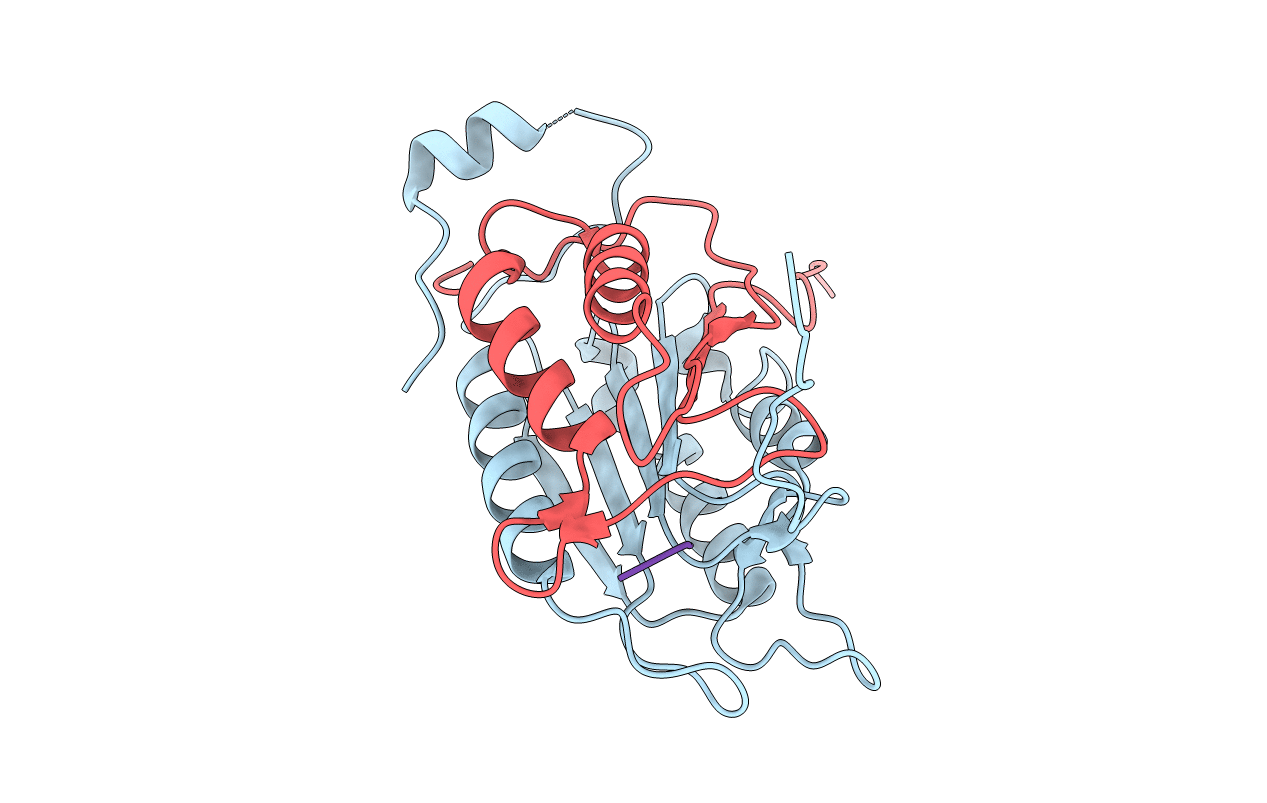
Deposition Date
2006-05-25
Release Date
2008-03-11
Last Version Date
2024-10-30
Entry Detail
PDB ID:
2H4Y
Keywords:
Title:
Crystal structure of human caspase-1 (Arg286->Lys) in complex with 3-[2-(2-benzyloxycarbonylamino-3-methyl-butyrylamino)-propionylamino]-4-oxo-pentanoic acid (z-VAD-FMK)
Biological Source:
Source Organism:
Homo sapiens (Taxon ID: 9606)
Host Organism:
Method Details:
Experimental Method:
Resolution:
1.90 Å
R-Value Free:
0.23
R-Value Work:
0.20
R-Value Observed:
0.20
Space Group:
P 43 21 2


